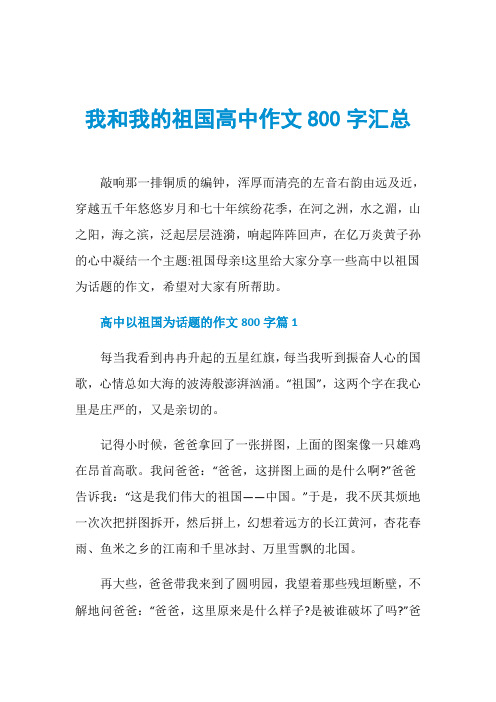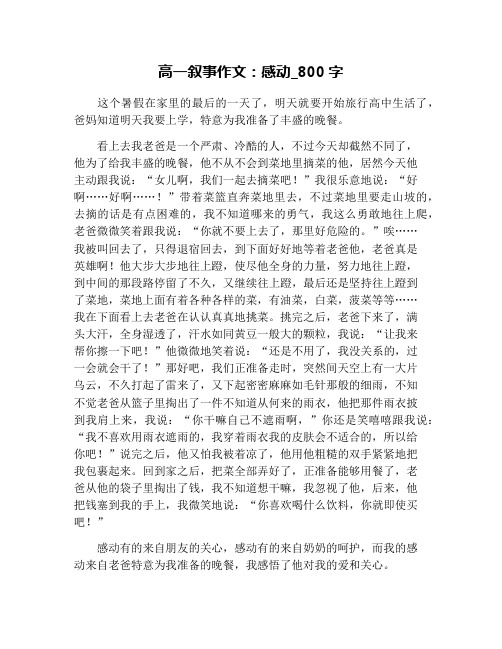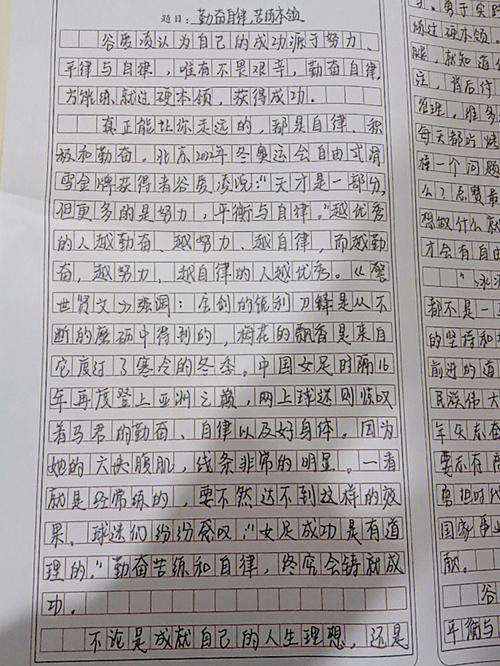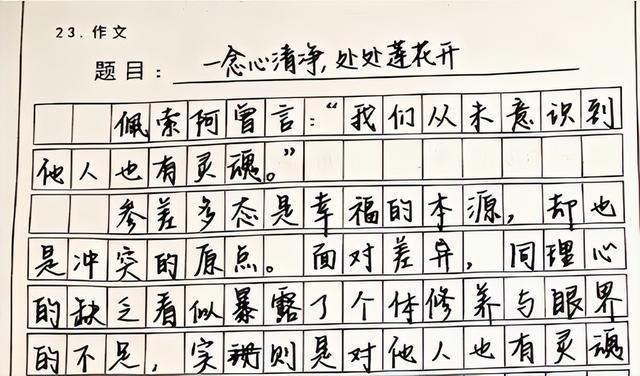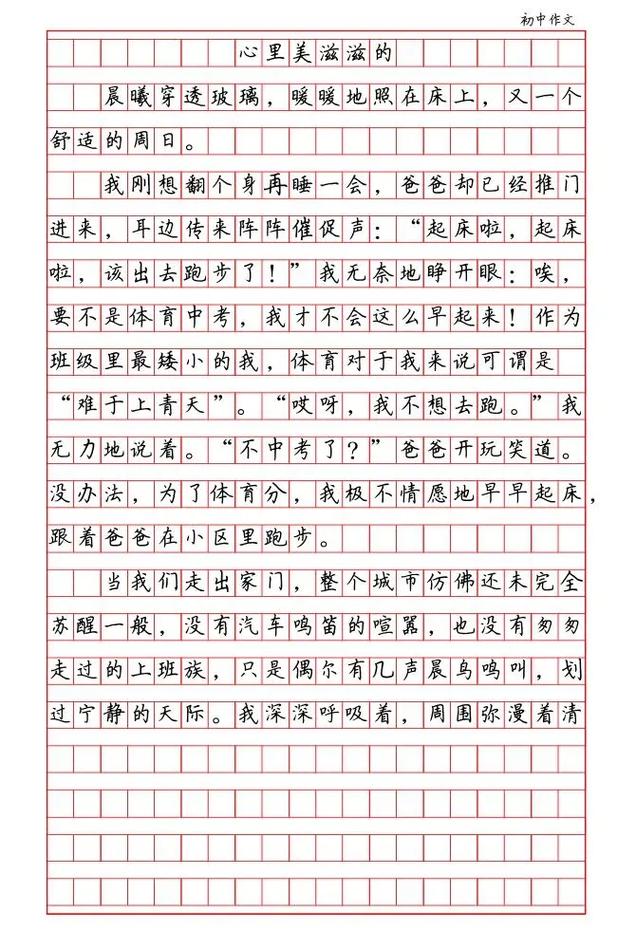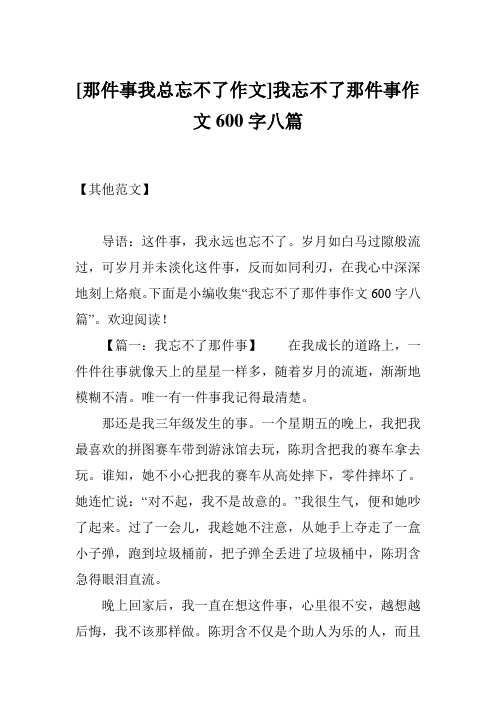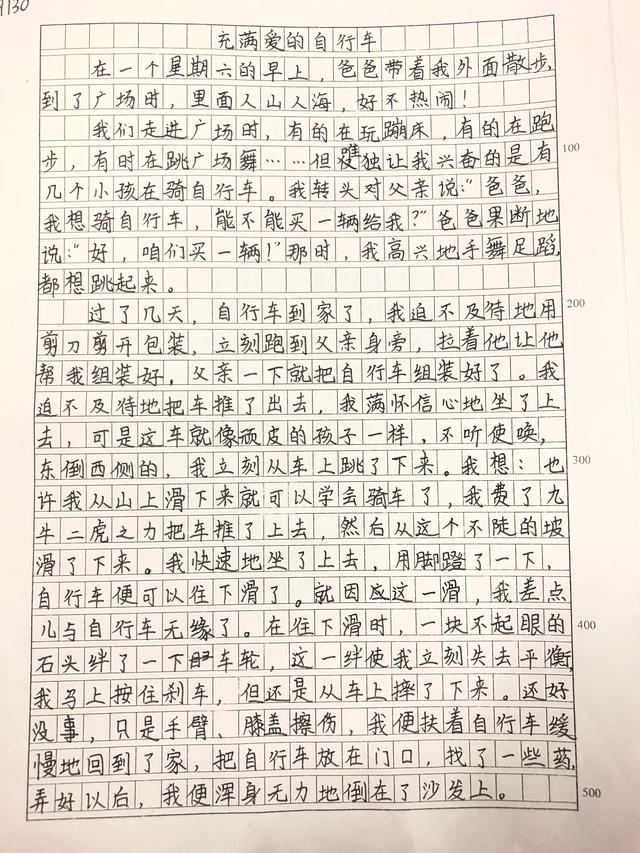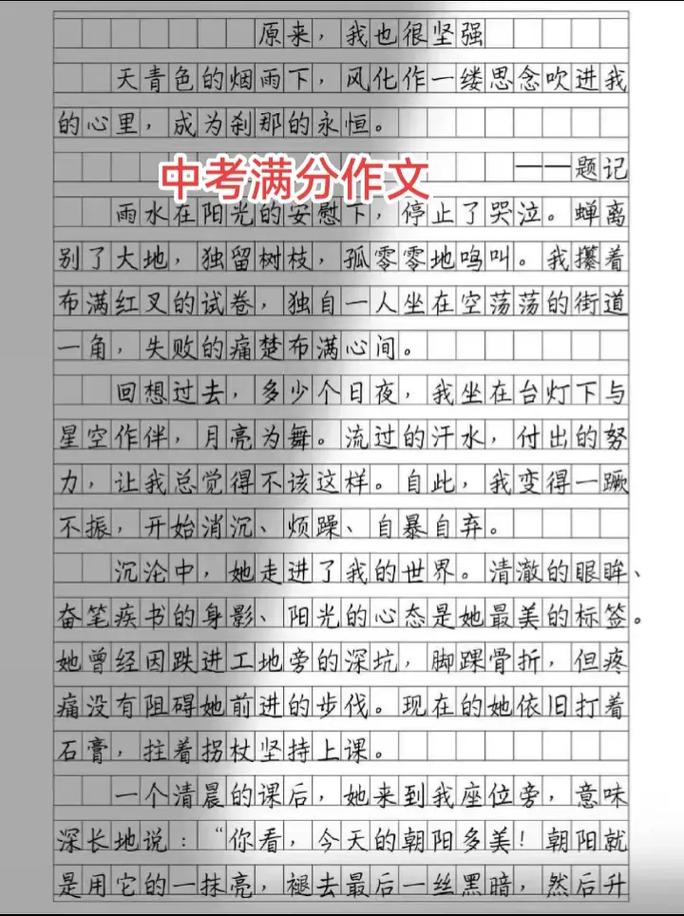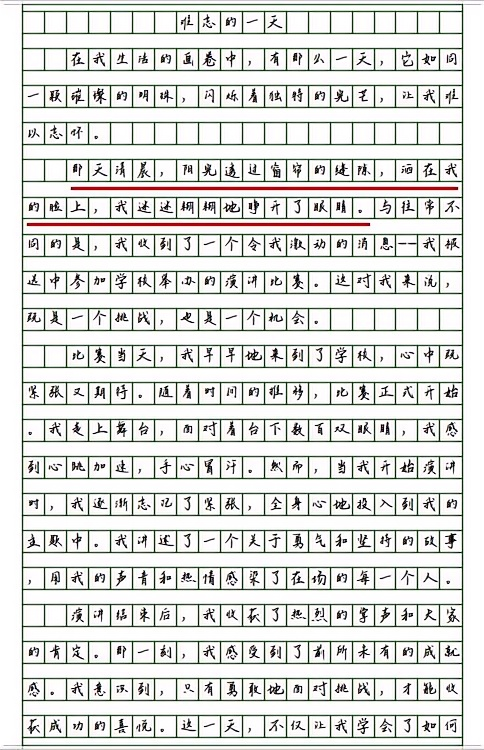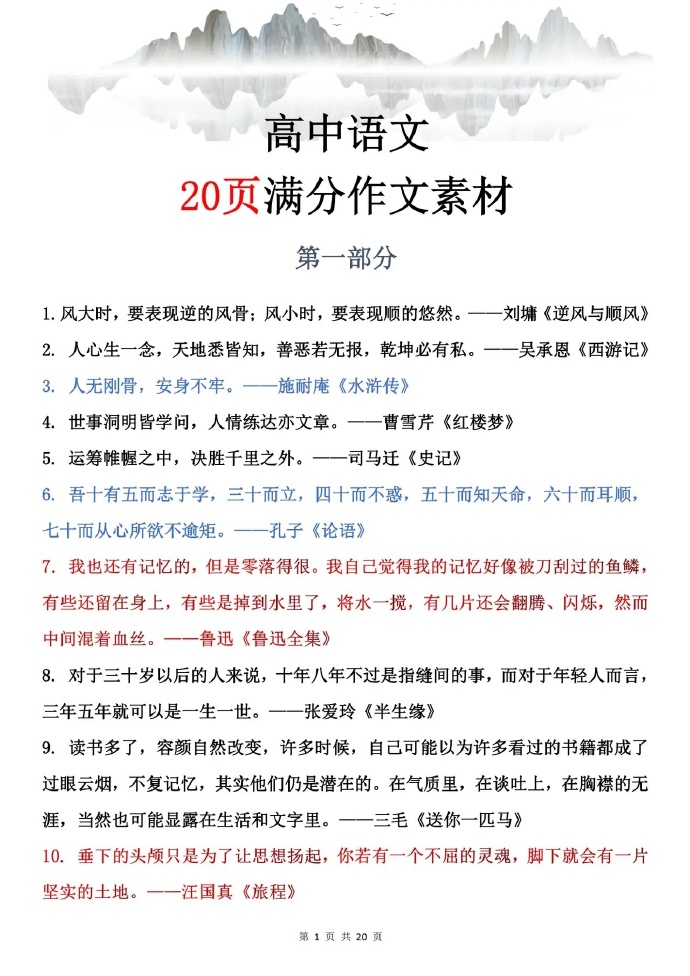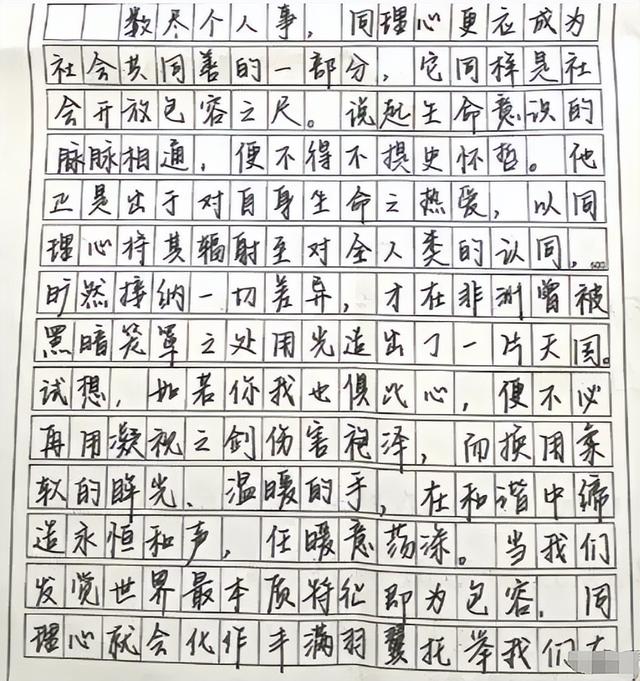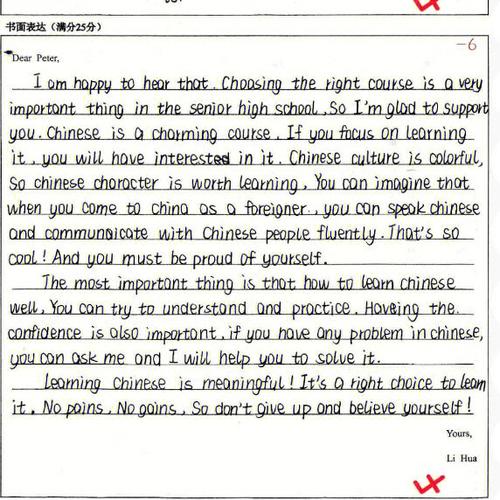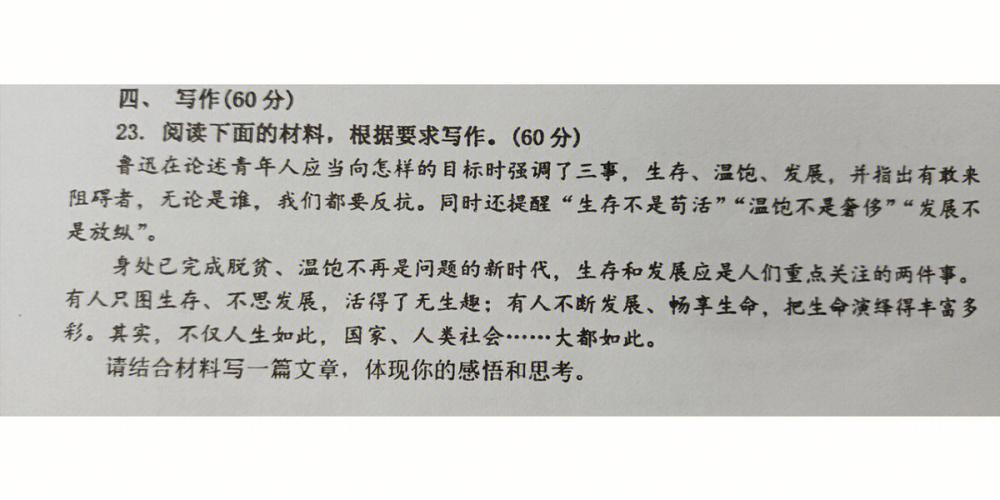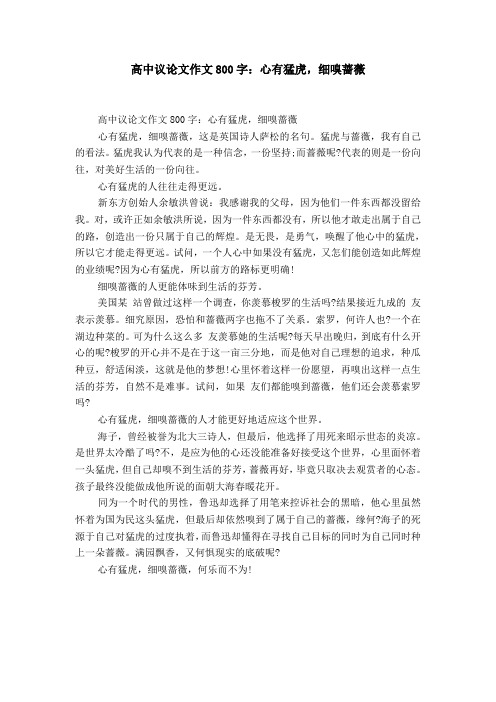劳动节英语作文(劳动节英语作文)
推荐阅读》
Labor Day, also known as International Workers' Day, is a significant occasion that pays tribute to the hard work and achievements of workers around the world. It serves as a reminder of the importance of labor in building societies and improving people's livelihoods. In this essay, we will first explore the origins and significance of Labor Day, then discuss how it is celebrated both in China and globally, and finally highlight the values and lessons that can be drawn from this day.
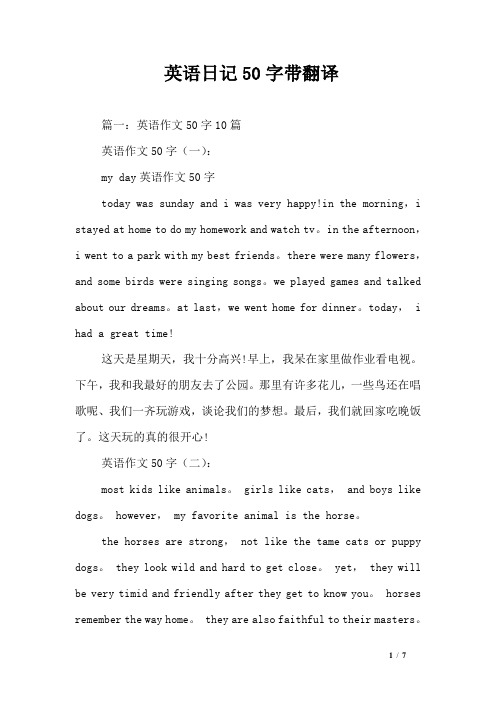
I. Origins and Significance of Labor Day
Labor Day dates back to the labor movements of the late 19th century in the United States. At that time, workers faced long hours, poor working conditions, and low wages. They organized rallies and strikes to demand better treatment and to secure their rights. On May 1, 1886, a major demonstration took place in Chicago, where workers gathered to advocate for a eight-hour workday. Unfortunately, the peaceful protest escalated into a violent clash with the police, resulting in several casualties. This tragic incident later led to the establishment of Labor Day as a way to honor the struggles and sacrifices of workers and to promote the cause of labor rights.
The significance of Labor Day lies not only in commemorating the past but also in inspiring the present and future. It symbolizes the power of unity and collective action in achieving social progress. By recognizing the value of labor, it encourages society to appreciate the efforts of workers in all sectors and to strive for a more just and equitable distribution of rewards. For example, in many industries, Labor Day has prompted discussions on issues such as minimum wage adjustments, workplace safety regulations, and employee benefits, leading to positive changes that improve the quality of life for workers.
I
I. Celebrations in China and around the World
In China, Labor Day was initially established in 1949 by the Chinese Communist Party. It was originally set on May 1 but was later changed to May 5 in 1950. Since then, it has become a public holiday during which people enjoy a five-day break (currently adjusted to a five-day vacation plus one weekend). The celebration usually involves various activities. Many people choose to travel during this period, exploring different parts of the country. Some may participate in cultural or recreational events organized by their communities or workplaces. For instance, there could be labor skills competitions, exhibitions showcasing the achievements of workers in different fields, or concerts and performances that bring joy and relaxation to the public.
Around the world, Labor Day is celebrated in diverse ways. In some European countries like Italy, Labor Day is marked by large parades and demonstrations, where workers express their demands and concerns. Trade unions play a prominent role in organizing these events, advocating for better working conditions and social policies. In Australia, it is often an opportunity for workers to gather and have picnics or engage in sports activities together, fostering a sense of camaraderie and solidarity. The common theme, however, is the recognition of the contribution of workers to the economy and society as a whole.
II
I. Values and Lessons from Labor Day
Firstly, Labor Day teaches us the importance of respect for labor. Every job, from the most menial to the most highly skilled, contributes to the functioning of society. A cleaner who keeps our environment clean, a farmer who grows our food, and a doctor who saves lives are all equally valuable. We should avoid looking down upon any form of work and instead, develop an understanding and appreciation for the efforts behind each task. For example, when we see a finished product in a store, we should recognize that there is a long chain of labor involved in its production, including designers, factory workers, transporters, and salespeople.
Secondly, it emphasizes the need for fair treatment and reasonable compensation for workers. Workers should be paid a living wage that reflects the value of their work and ensures their well-being. They are also entitled to safe and healthy working conditions, reasonable working hours, and opportunities for career development. In recent years, issues like the gender pay gap and the lack of social security for gig workers have been brought to light, reminding us that there is still much progress to be made in ensuring fair labor practices.
Lastly, Labor Day encourages a sense of responsibility among all members of society. Employers should take care of their employees' welfare and provide them with opportunities for training and growth. The government should formulate and enforce labor laws to protect the rights of workers. Individuals, too, can contribute by supporting ethical businesses and advocating for better labor standards in their communities.

In conclusion, Labor Day is a meaningful day that has deep historical roots and continues to hold great relevance in modern society. It serves as a platform to celebrate the achievements of workers, to address the challenges they face, and to promote the values of respect, fairness, and responsibility. By understanding and embracing the essence of Labor Day, we can work towards a more harmonious and prosperous society where the dignity and rights of every worker are upheld. Let us remember that labor is not just a means of earning a living but also a noble endeavor that builds the foundation of our world.
本文系作者个人观点,不代表本站立场,转载请注明出处!

